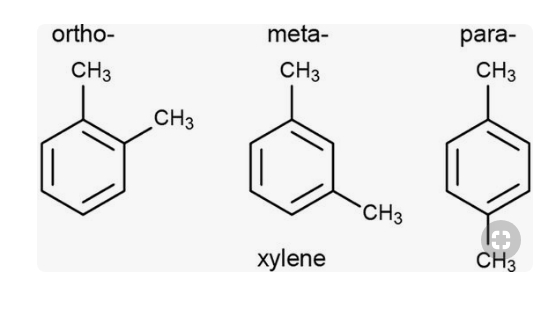
The terms ortho, meta, and para are prefixes used in organic chemistry to indicate the position of non-hydrogen substituents on a hydrocarbon ring (benzene derivative). The prefixes derive from Greek words meaning correct/straight, following/after, and similar, respectively. Ortho, meta, and para historically carried different meanings, but in 1879 the American Chemical Society settled upon the following definitions, which remain in use today.
Ortho
Ortho describes a molecule with substituents at the 1 and 2 positions on an aromatic compound. In other words, the substituent is adjacent or next to the primary carbon on the ring.
The symbol for ortho is o- or 1,2-
Meta
Meta is used to describe a molecule with substituents are at the 1 and 3 positions on an aromatic compound.
The symbol for meta is m- or 1,3
Para
Para describes a molecule with substituents at the 1 and 4 positions on an aromatic compound. In other words, the substituent is directly opposite the primary carbon of the ring.
The symbol for para is p- or 1,4-